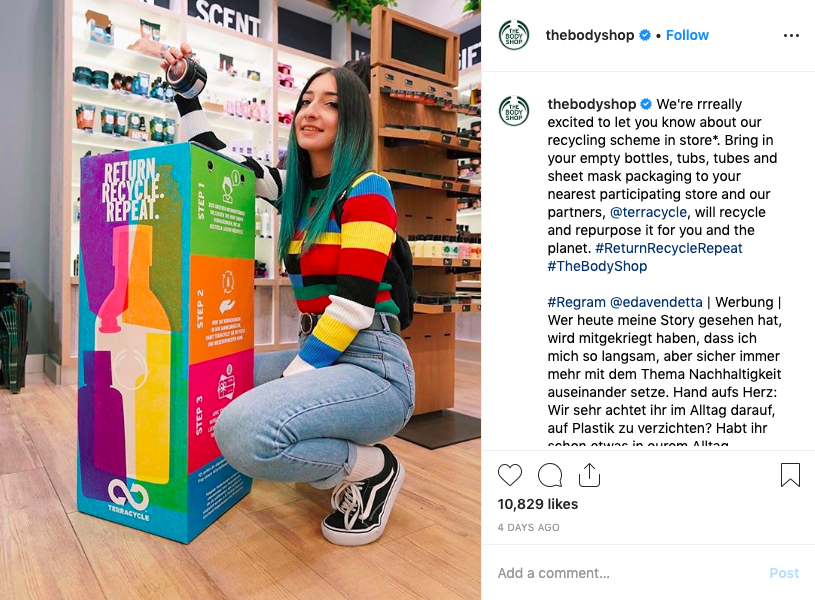Brand Purpose - It' s Bigger Than You Think
As a person you’re taught to identify your values and then align your goals, actions and everything you do with those values. So it seems strange that in business, values seem to take a back seat in favor of price based offers for many retailers. However, some of the most successful companies in the world understand that values and commitment to something bigger are what’s truly important. And consumers are taking notice. In fact, sixty-three percent of consumers prefer to purchase from brands that support a purpose that aligns with their own values, Accenture research found. They are beginning to view brands as societal change-makers expected to take a stand on social and political issues.
Brands with a high sense of purpose have experienced a brand valuation increase of 175% over the past 12 years compared to the median growth rate of 86%, Kantar Consulting found. To build strong consumer connections and maintain a competitive edge, brands should embrace causes that make sense for the company rather than choosing a purpose that is trending at the moment.
Nike’s campaign “Dream Crazier” encourages the audience to dream bigger and fearlessly chase those dreams. It doesn’t focus on discounts and price but on emotion, inspiration and connection.
Nike’s Dream Crazy spot released in the Fall of 2018 featuring Colin Kaepernick, showed solidarity with NFL players stance against racial police brutality. Nike reported "record engagement with the brand" after the Kaepernick campaign in the fall, despite drawing some controversy and calls to boycott the brand. Online sales for Nike jumped 31% over Labor Day weekend 2018, which followed the campaign launch, an Edison Trends analysis revealed. The campaign also helped Nike see a 2:1 ratio of earned media to paid media, according to Kantar Media. Nike reportedly spent about $4 million on paid TV ad buys for the Kaepernick campaign, but generated $7.6 billion in earned media value as a result.
For years, The Body Shop has been committed to sustainability and female empowerment. Sustainable sourcing and partnerships with organizations dedicated to fair wages and working conditions is a core part of the brand. One of the company’s latest initiatives is to “Enrich Not Exploit” https://www.thebodyshop.com/en-us/about-us/our-commitment. It’s a commitment to enrich people, products and the planet by paying fair wages and prices, and to take care of the biodiversity where their ingredients are grown and reduce their environmental footprint.
As part of this campaign The Body Shop launched an in-store recycling program where it encourages customers to return their empty bottles to the store so they can be recycled. Its’ social media platforms along with in-store signage are creating awareness of the initiative.
Social listening can help brands tap into cultural movements and understand the issues that matter to their audience, thereby informing the development of mission-driven creative to connect with the consumer. It’s vital that a cause or purpose makes sense for the brand, that it’s relevant, unique, meaningful and well measured, the Kantar research suggests. Marketers also need to take a 360-degree strategy approach to bringing purpose alive across a brand's platforms, real-life activations and overall messaging.
The key takeaway is that companies can win financially and do good at the same time according to Don Scales of Investis Digital. Using media and experiential activations to increase awareness of a long-term commitment to a larger purpose, authentic to the brand, will create connections with consumers and eventually, brand advocates.


